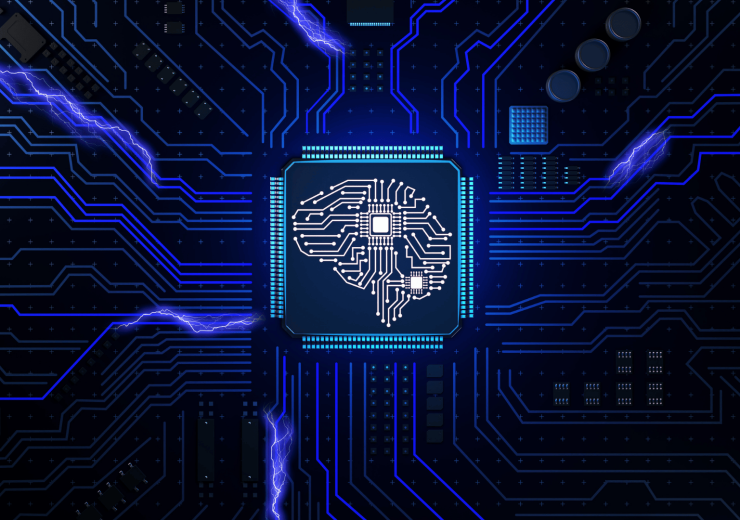“Empowering the Future: The Rise of Edge Computing and AI Synergy”


Introduction:
In the realm of technology, innovation knows no bounds. One such groundbreaking advancement that’s reshaping the landscape of data processing is the convergence of Edge Computing and Artificial Intelligence (AI). This dynamic duo is revolutionizing how data is analyzed and acted upon, paving the way for a future of unprecedented efficiency and connectivity. Join us as we delve into the intricacies of Edge Computing powered by AI and explore its transformative potential in various industries.
Understanding Edge Computing:
Edge Computing refers to the practice of processing data closer to its source, typically at the edge of the network, rather than relying solely on centralized data centers. By decentralizing data processing, Edge Computing minimizes latency and bandwidth usage, enabling faster response times and more efficient data analysis. This distributed approach to computing is particularly beneficial in scenarios where real-time data analysis is critical, such as autonomous vehicles, industrial IoT, and smart cities.
The Role of AI in Edge Computing:
Enter Artificial Intelligence, the driving force behind the next evolution of Edge Computing. With AI algorithms deployed at the edge, devices can analyze data locally, make intelligent decisions in real-time, and even adapt to changing conditions autonomously. This synergy between Edge Computing and AI unlocks a multitude of possibilities, from predictive maintenance in manufacturing to personalized healthcare monitoring and beyond.
Advantages of Edge Computing Powered by AI:
The combination of Edge Computing and AI offers several key advantages:
- Reduced Latency: By processing data locally at the edge, latency is minimized, enabling faster response times and improved user experiences.
- Enhanced Reliability: Decentralized data processing increases reliability and resilience, as devices can continue to operate even in the event of network disruptions.
- Scalability: Edge Computing architectures are inherently scalable, allowing organizations to seamlessly expand their infrastructure to accommodate growing data volumes and user demands.
- Improved Privacy and Security: Edge Computing minimizes the need to transmit sensitive data over networks, reducing the risk of data breaches and ensuring greater privacy and security for users.
Applications Across Industries:
The potential applications of Edge Computing powered by AI are vast and varied. In healthcare, wearable devices equipped with AI algorithms can monitor patients’ vital signs in real-time, alerting medical professionals to potential health issues before they escalate. In retail, Edge Computing enables personalized shopping experiences, with AI-driven recommendations delivered directly to consumers’ devices. In transportation, Edge Computing and AI facilitate autonomous vehicles, enabling them to make split-second decisions based on real-time data from sensors and cameras.
Conclusion:
As Edge Computing continues to evolve and AI technologies advance, the possibilities for innovation are endless. From enhancing efficiency and reliability to enabling new applications and services, the synergy between Edge Computing and AI is driving the future of technology forward. As organizations embrace this transformative paradigm shift, they’ll unlock new opportunities for growth, innovation, and connectivity in a rapidly evolving digital landscape.
#EdgeComputing #AI #ArtificialIntelligence #Technology #Innovation #DigitalTransformation #FutureTech #TechTrends



